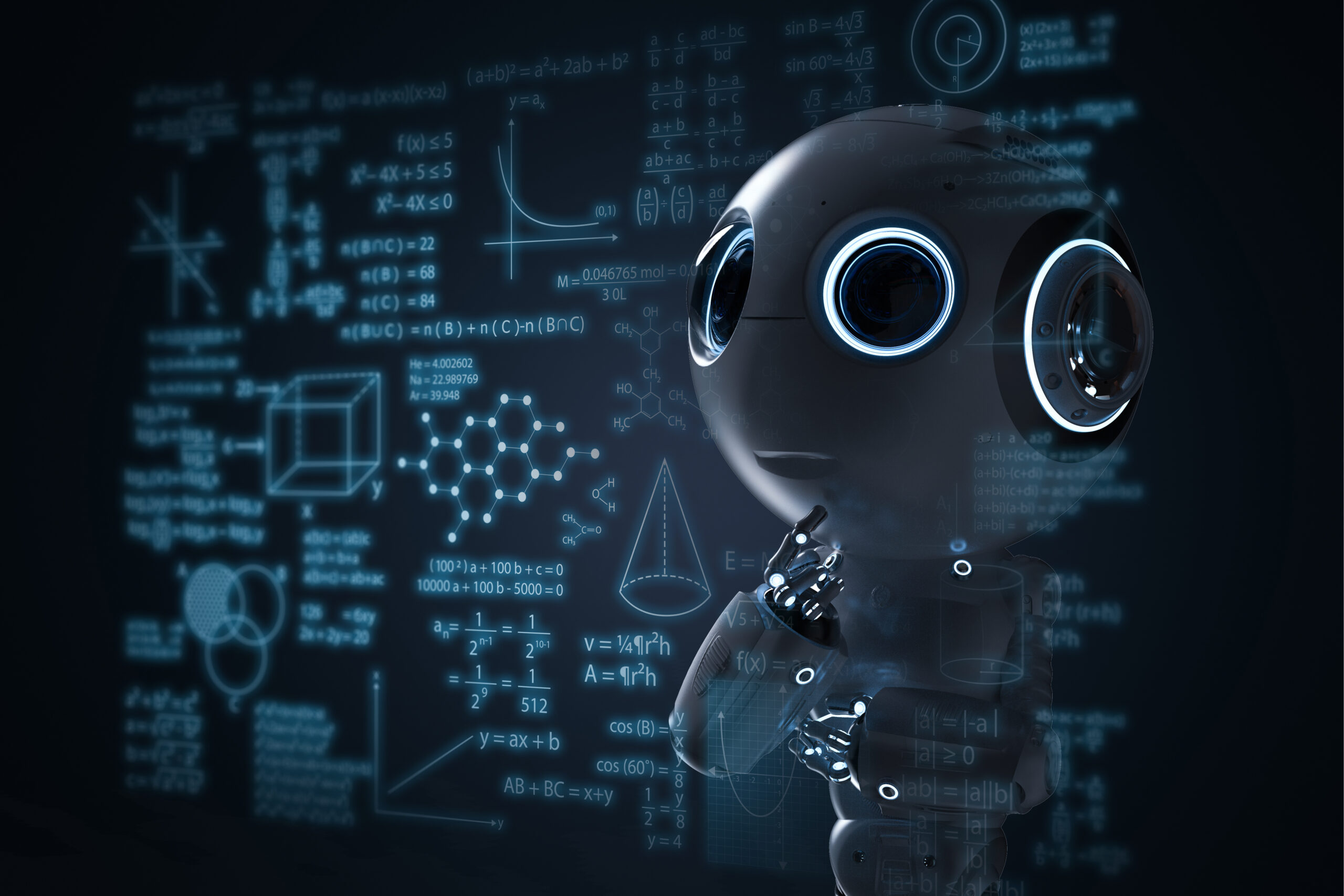In the rapidly evolving world of technology, buzzwords like “Artificial Intelligence” and “Neural Networks” get thrown around quite frequently. For those who aren’t knee-deep in the tech sphere, these terms can easily become a tangled web of confusion. Today, we’ll unravel this web and lay out the basics of CNNs, ANNs, Neural Networks, and AI. By the end of this read, you’ll not only understand these terms but also appreciate the nuances that differentiate them.
1. Artificial Intelligence (AI)
AI, or Artificial Intelligence, is a broad field of computer science focused on creating machines that can perform tasks requiring human-like intelligence. This includes, but is not limited to, understanding language, recognizing patterns, solving problems, and making decisions. Think of AI as the overarching umbrella under which all other terms in this article fall.
2. Neural Networks
Originating from the inspiration of our own human brain, a Neural Network is a series of algorithms intended to recognize patterns. At its core, a neural network translates raw data (like an image or sound) into a form that makes it comprehensible for computers.
Imagine the brain: it has neurons connected by synapses, firing electrical signals to each other. In the digital world, a neural network imitates this structure using layers of nodes. Information is processed through these layers, and patterns are recognized and learned over time.
3. Artificial Neural Networks (ANNs)
ANN is a subset of the neural network family. Its structure is composed of input layers, hidden layers, and output layers. Each node in these layers represents a neuron, and they’re interconnected, much like our brain.
The “learning” in ANNs occurs during a process called backpropagation. Here, the network is trained using a dataset, and it adjusts its internal weights to minimize the error in its predictions.
For instance, if you want a computer to recognize handwritten digits, you’d feed an ANN thousands of handwritten digits. Over time, it will ‘learn’ and adjust, improving its accuracy.
4. Convolutional Neural Networks (CNNs)
CNNs are a specialized kind of ANN designed specifically for recognizing patterns in images. The “convolutional” part refers to the unique process it uses to scan over an image. Instead of looking at the image as a whole, CNNs analyze patches of an image, identify features (like edges, textures, and objects), and then assemble them to understand the entire image.
CNNs are the reason why Facebook can automatically tag you in photos or why your phone camera can detect your face for a portrait mode.
Differences At A Glance
- AI is the grand domain of mimicking human intelligence.
- Neural Networks are algorithms modeled after the human brain, designed to recognize patterns.
- ANNs are basic neural networks with layers of interconnected nodes.
- CNNs are a sophisticated type of ANN built primarily for image recognition.
Wrap-Up
As technology advances, it’s essential for businesses to keep up with these foundational concepts to leverage the full potential of AI and its subsets. Whether it’s automating tasks, extracting insights from massive datasets, or enhancing user experience, understanding the nuts and bolts of AI will shape the future of industries.
Ready to Dive Deeper? At Crystal Clear Solutions, we pride ourselves on harnessing the power of AI, Neural Networks, and more to drive results. Whether you’re looking to learn more or discuss potential projects, our team of experts is eager to help. Get in touch today and let’s explore the possibilities together!

